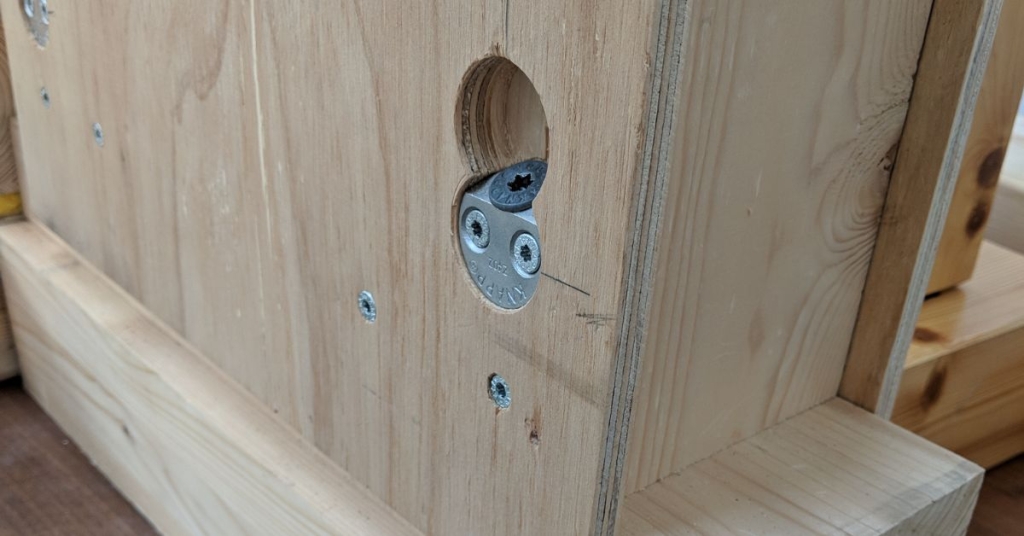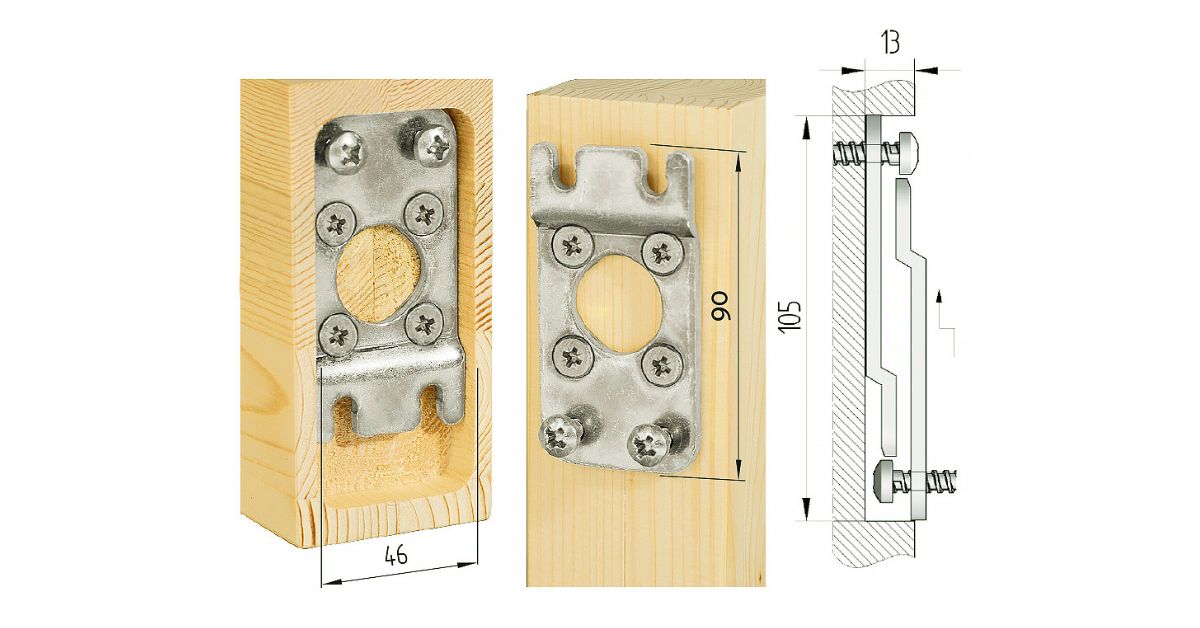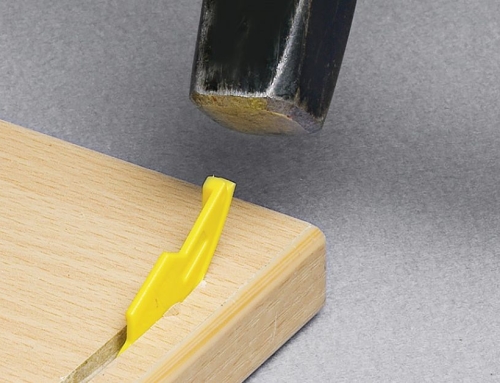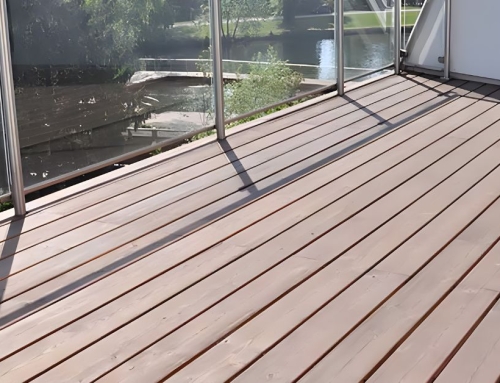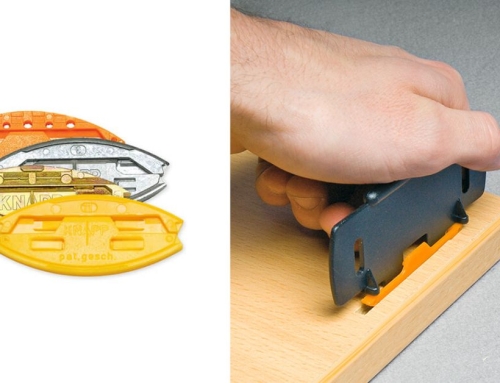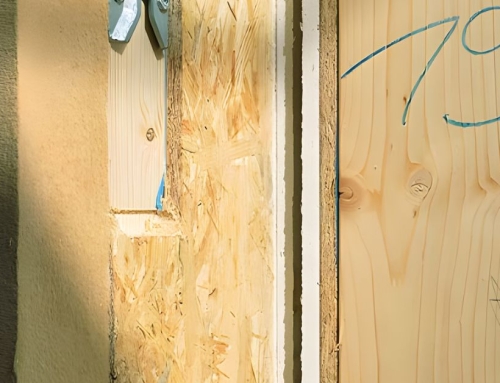Whether you’re a seasoned DIYer or a newcomer to woodworking, you may feel like navigating the world of wood connectors is like exploring an enchanted forest without a map.
Fortunately, it doesn’t have to be that difficult. Discover everything you need to know about choosing the best wood connectors for your DIY needs, with plenty of handy tricks to make your woodworking journey smoother and more enjoyable. Ready to hammer out the details? Let’s get started!
Understanding the Basics of Wood Connectors
Think of wood connectors as the unsung heroes of your DIY projects, quietly holding everything together while you take all the credit for your brilliant artisanship. From joining wooden beams to securing delicate trims, these trusty tools come in various shapes and sizes, each designed for a specific purpose.
Types of Wood Connectors
You will find several types of wood connectors suited for different applications. Some common connectors include:
- Nails
- Screws
- Brackets
- Dowels
- Biscuits
Each type has unique attributes that make it ideal for specific projects. For instance, nails work well for quick, temporary fixes, while screws offer a more secure hold for long-term projects.
The Importance of Choosing the Right Connector
Using the wrong type of connector in your woodworking project can lead to structural issues and, in some cases, potential safety hazards. When you select the appropriate connector, you ensure your project remains stable and durable, allowing you to create beautiful, functional pieces that stand the test of time.
Nails and Screws: The Dynamic Duo
Consider nails and screws the Batman and Robin of woodworking connectors—these versatile fasteners prove indispensable in any DIY toolkit, providing strength and stability to countless projects.
When To Use Nails
Use nails for projects focusing on speed and ease of use. Nails help with framing, attaching molding, and other tasks that require a quick, temporary hold. However, they may not work well for projects needing a strong, long-lasting bond.
When To Use Screws
Choose screws for projects that require extra strength and durability. Screws are excellent for furniture assembly, deck construction, and other tasks requiring a firm, lasting connection. Plus, their threaded design makes screws easy to remove and reuse, adding to their versatility.
Brackets and Plates: The Cornerstones of Woodworking
Brackets and plates provide essential support and reinforcement for various projects. These sturdy connectors hold everything from shelves to beams in place, letting your creations remain stable and secure.
Types of Brackets and Plates
Various brackets and plates are suited for different applications. A few examples include L-brackets, T-brackets, angle brackets, and joist hangers. These connectors come in various sizes and materials, allowing you to choose the perfect option for your project needs.
When To Use Brackets and Plates
Use brackets and plates for woodworking projects that require additional support and reinforcement like constructing shelves, building frames, and other tasks demanding a strong, stable connection. When you use the right bracket or plate, your project remains sturdy and reliable, even under heavy loads.
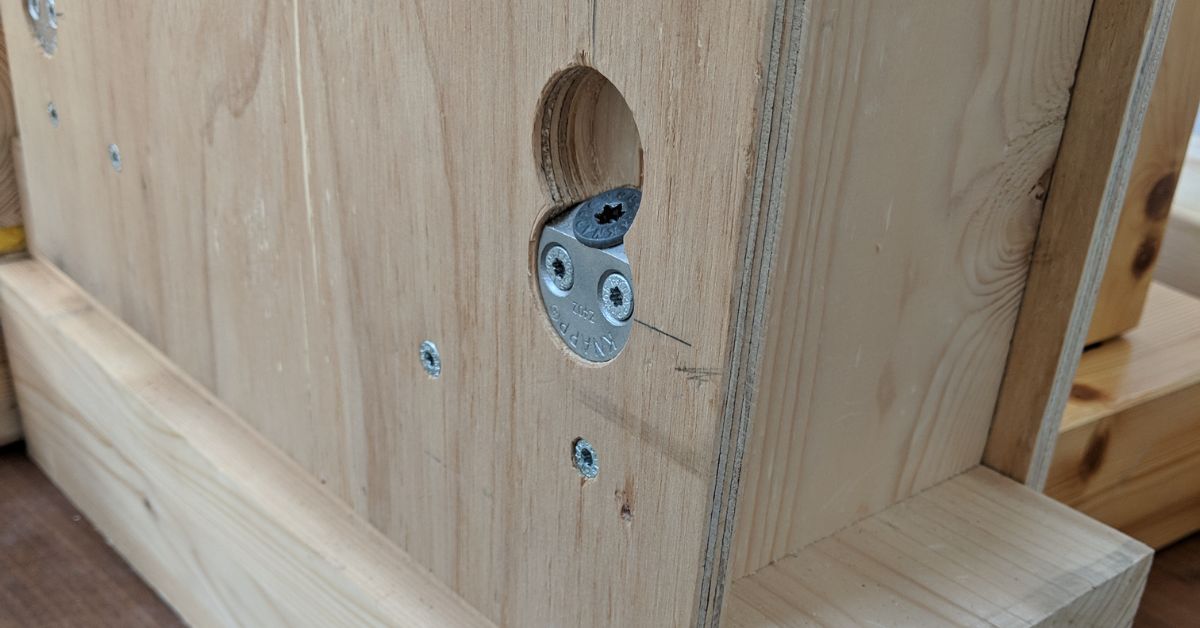
Dowels and Biscuits: The Secret Weapons of Seamless Joints
Dowels and biscuits provide seamless, invisible joints that add elegance to your projects.
These connectors create smooth, professional-looking finishes without visible fasteners, making them popular among DIY enthusiasts and woodworking hobbyists alike.
When To Use Dowels
Insert dowels into predrilled holes to create a strong, hidden connection between two pieces of wood. Dowels make an ideal option for projects requiring precise alignment, such as assembling furniture, creating cabinetry, and constructing frames. Using dowels allows your project to remain stable and look its best, with no visible fasteners to detract from its beauty.
When To Use Biscuits
Insert biscuits into slots cut into the edges of two pieces of wood to create a strong, invisible bond when glued and clamped together. This method works perfectly for joining panels, creating tabletops, and constructing other flat surfaces. Using biscuits creates smooth, seamless joints that improve the overall appearance and quality of your project.
The Art of Choosing the Right Wood Connector
Now that you know the types of wood connectors and their applications, you must choose the right one for your project. After considering factors such as the materials you’re working with, the load-bearing requirements, and the desired aesthetic, you can select the perfect connector, so your project stays sturdy, stylish, and functional.
Consider the Materials
When choosing a wood connector, consider the materials you’re working with and how they interact with your chosen fastener. Some connectors work better with specific types of wood or finishes, while others fit best with certain adhesives or sealants. Contemplating these factors helps your chosen connector work harmoniously with your project materials.
Evaluate the Load-Bearing Requirements
Some connectors work better for lightweight projects, while others withstand heavier loads. Evaluating your project’s specific needs helps you choose a connector that provides the necessary support and stability.
Think About Aesthetics
Some connectors, such as dowels and biscuits, provide a seamless, invisible joint that amplifies your project’s overall appearance. Others, like decorative brackets and plates, can add a touch of style and flair to your creation.
Avoiding Common Wood Connector Mistakes
Even the most experienced DIY enthusiasts and woodworking hobbyists can make mistakes when choosing and using wood connectors. After learning about these common errors, you can avoid potential pitfalls to keep your project sturdy, secure, and visually appealing.
Using the Wrong Connector
Avoid using the wrong connector for a specific project. Using a nail where a screw would work better or choosing a bracket too small for the load it needs to support can lead to structural issues and potential safety hazards.
Improper Installation
Remember to align, fasten, and support your connectors to maintain the strength and stability of your project. Further, follow manufacturer guidelines and best practices to avoid common installation errors.
Ignoring Aesthetics
Selecting connectors that don’t complement your project’s design can detract from its overall appearance and reduce its visual appeal. Paying special attention to aesthetics can help you choose connectors that elevate your creation.
Choosing the best wood connectors for your DIY needs will help you create solid, stable, and visually appealing creations. Understanding the different types of connectors, their applications, and how to select the perfect one guarantees your projects will stay strong and stylish for years to come.

